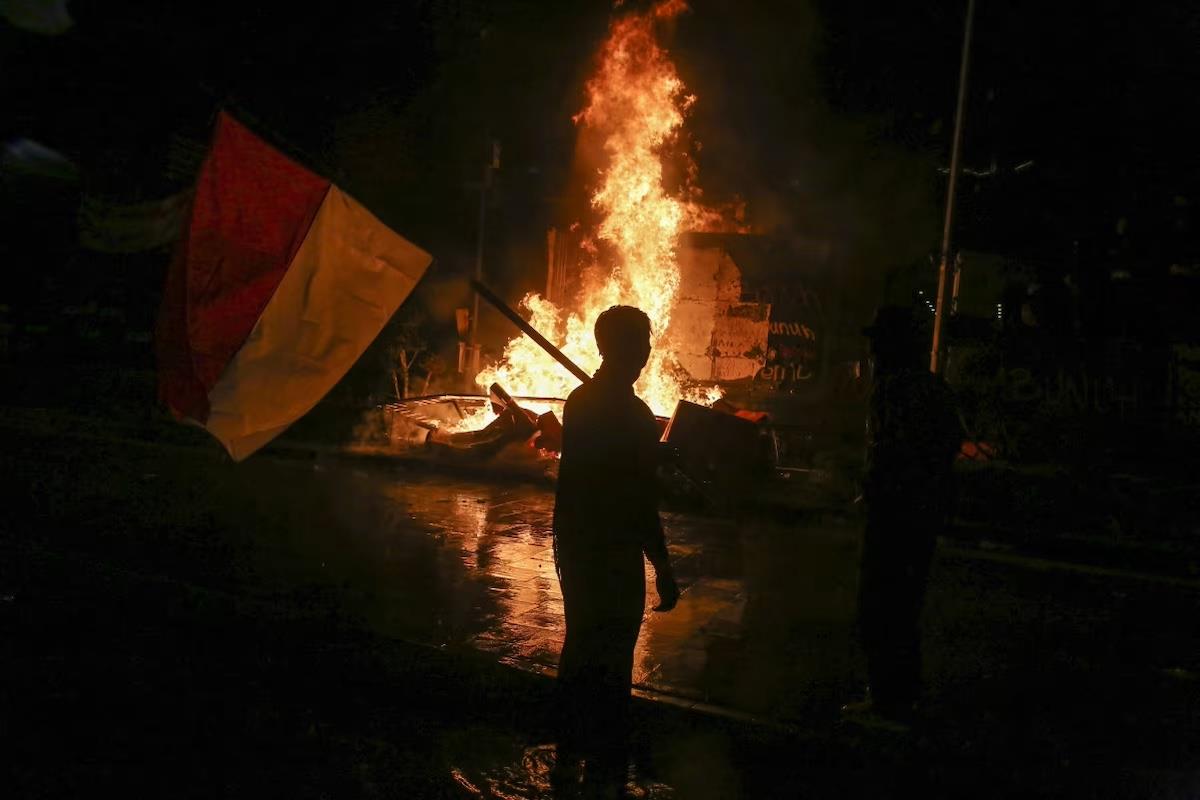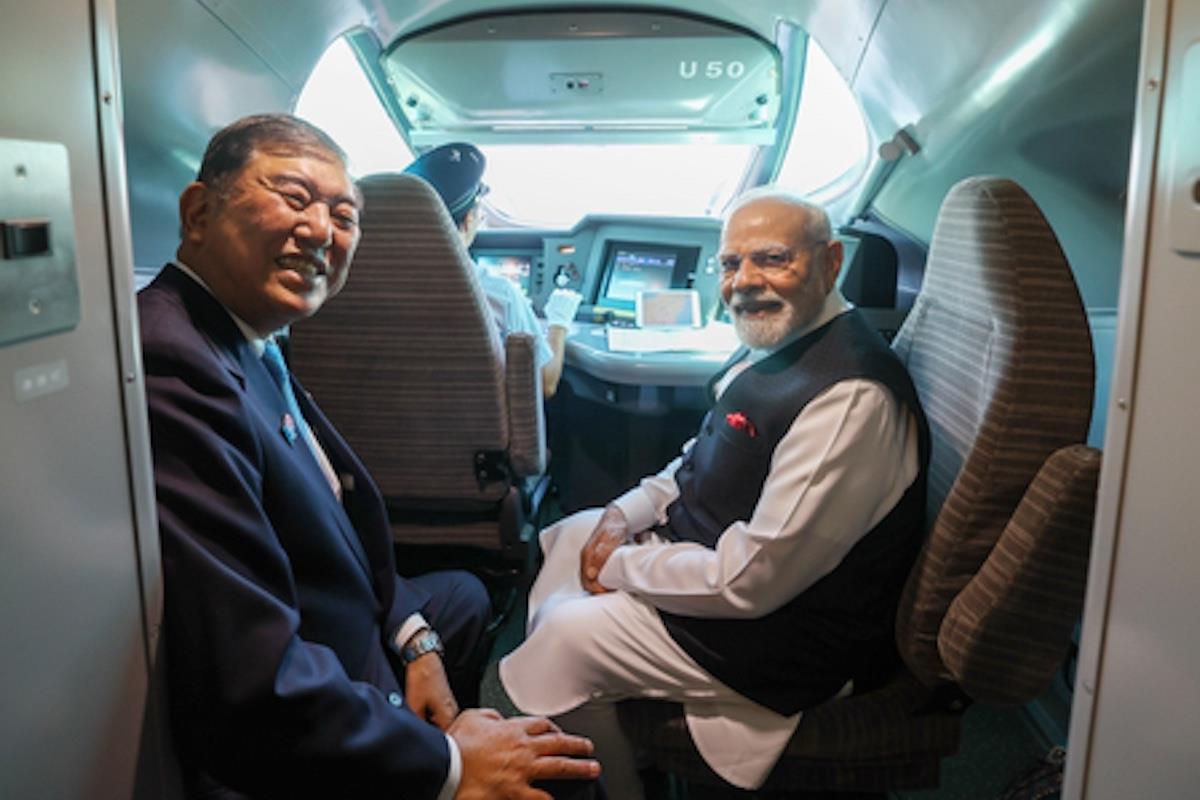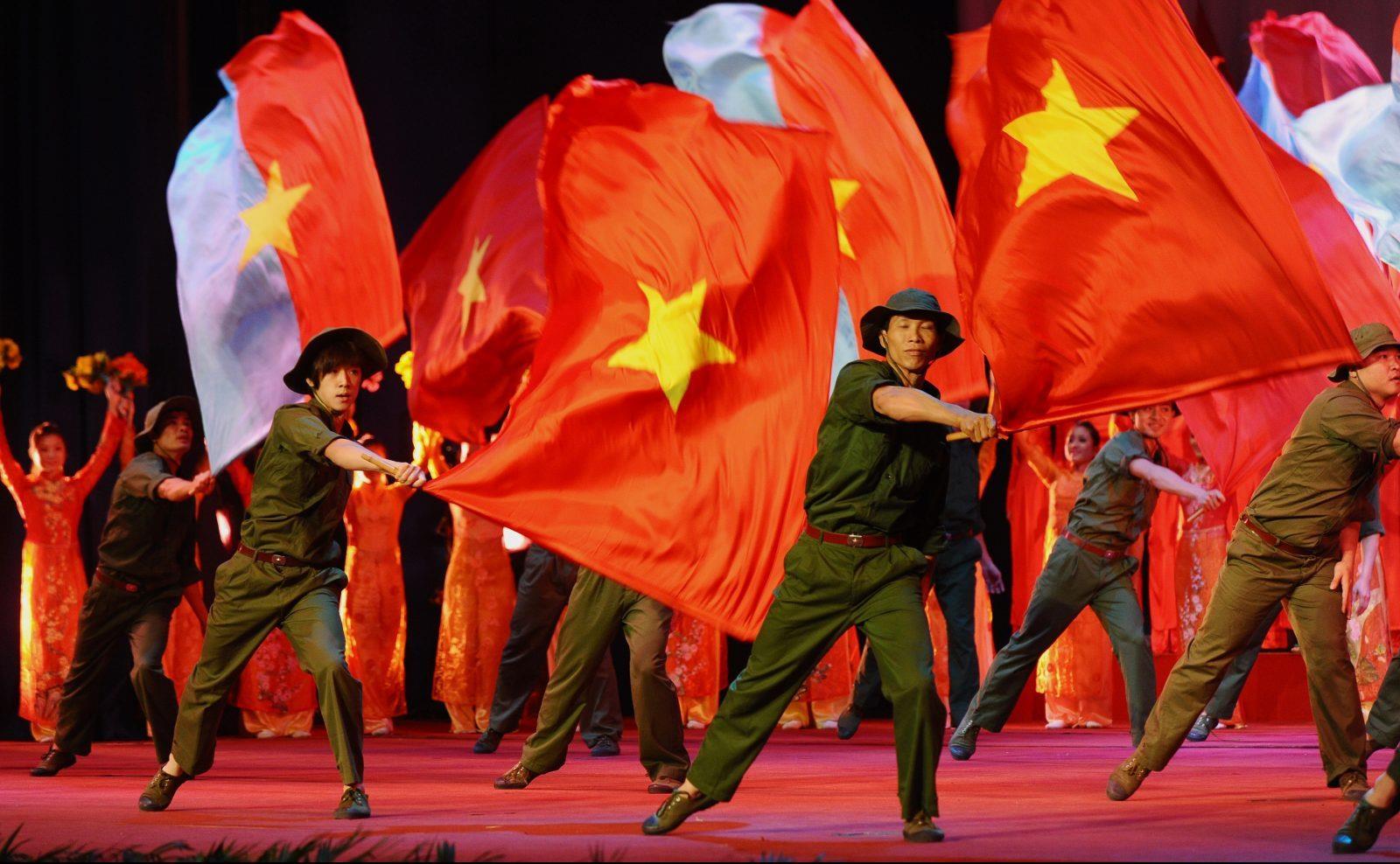
The Many Hot Triggers Of Indonesia's Working-Class Revolt
Since August 25, at least six people have been killed, hundreds injured and over 1,200 people arrested. Several politicians' homes, meanwhile, have been ransacked and looted while being livestreamed.
Widespread property damage has been reported in multiple cities, primarily targeting police precincts and parliamentary offices. So far, protestors have directed most of their ire at members of parliament and the Indonesian National Police.
But speculation and suspicion of possible military complicity in the unrest have cast an ominous cloud of uncertainty over events, raising concerns the mayhem is possibly being stoked from the shadows to eventually justify a heavy-handed military intervention and possible political reset.
Other narratives speculate that the protests are an elaborate diversion from the parlous state of the nation's economic balance sheet.
President Prabowo Subianto, in office since October 2024, held a press conference on August 31 reiterating his disdain for“anarchists” causing“chaos” and making clear that his security services will apply the“toughest possible” measures against violent protestors engaging in“treason” and“terrorism.”
Other leaders – particularly members of the country's much maligned House of Representatives – have taken a more conciliatory tone, offering apologies and various forms of mea culpa.
Social media, especially TikTok, is awash with carefully curated imagery and narratives that reframe issues, individuals and institutions in a mashup of divergent interests and virtue signaling.
Powerful Indonesian influencers, very often with little or no background in politics, are using the events and twisting narratives to attract traffic and accumulate more followers.
The protestors are predominantly young working-class men, including motorcycle taxi drivers, laborers and university students. Indonesia's police have a documented history of using excessive force, prompting Amnesty International to condemn the authorization of“shoot on sight” orders with rubber bullets for crowd control as both“misguided” and“inhumane.”
Intriguingly, Prabowo has not called on his security services to exercise restraint; quite the opposite, he has publicly called for the toughest possible measures on at least two occasions.
The animus driving the ongoing protests is both simple and complex. Direct political action and public dissent has been brewing all year, largely centered on demands for economic justice, civilian supremacy over the National Armed Forces (TNI), police reform, fair wages and a robust anti-corruption agenda.

Legal Disclaimer:
MENAFN provides the
information “as is” without warranty of any kind. We do not accept
any responsibility or liability for the accuracy, content, images,
videos, licenses, completeness, legality, or reliability of the information
contained in this article. If you have any complaints or copyright
issues related to this article, kindly contact the provider above.





















Comments
No comment